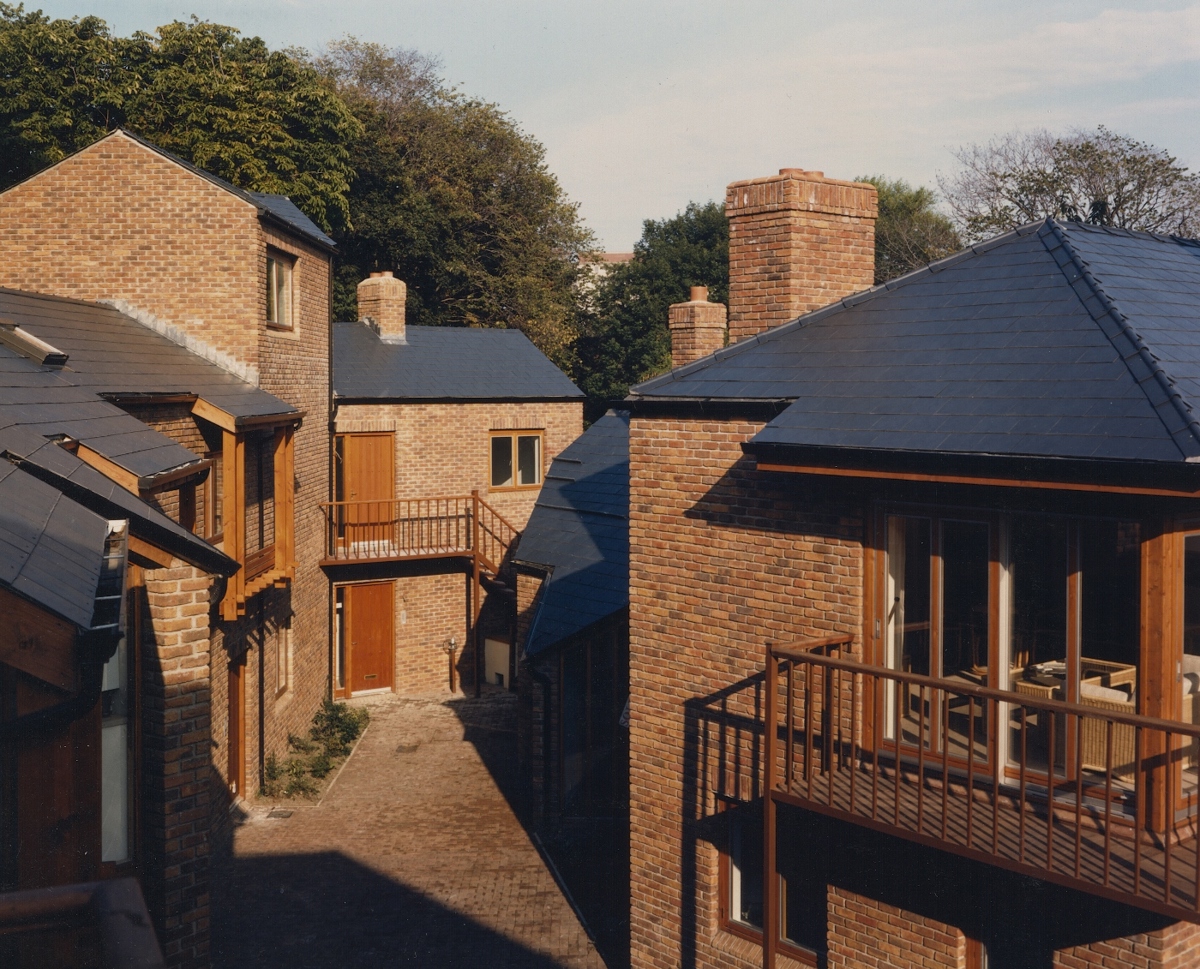SAMPLES
 Receive your sample
Receive your sample
 Receive your sample
Receive your sample
 Know more
Know more
 Read now
Read now
 Request a CPD
Request a CPD
 Find out more
Find out more
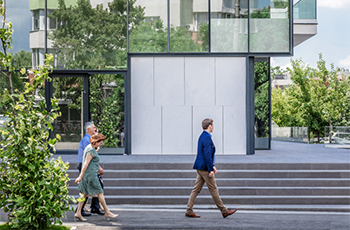 Contact us
Contact us
 Watch now
Watch now
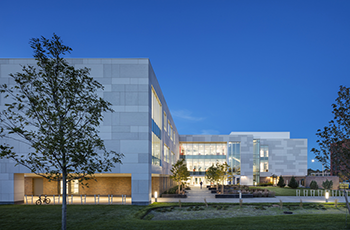 Know more
Know more
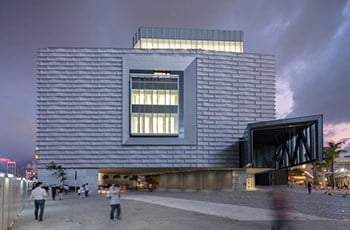 Know more
Know more
2 Morehampton Road, Donnybrook, Dublin
Diamond Redfern Anderson
1982 – 1984
Photographs – copyright Michael Blake (colour), with thanks to the Denis Anderson Collection, Irish Architectural Archive
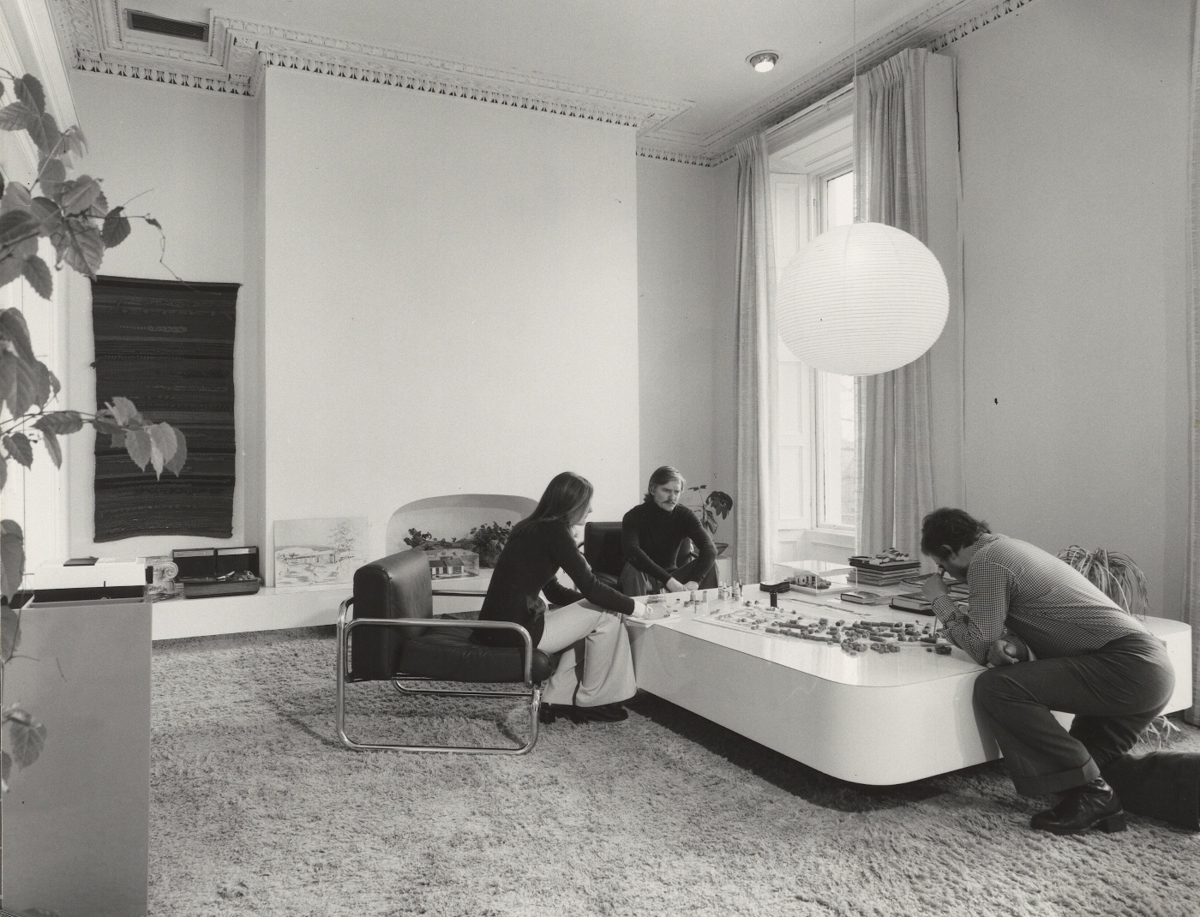
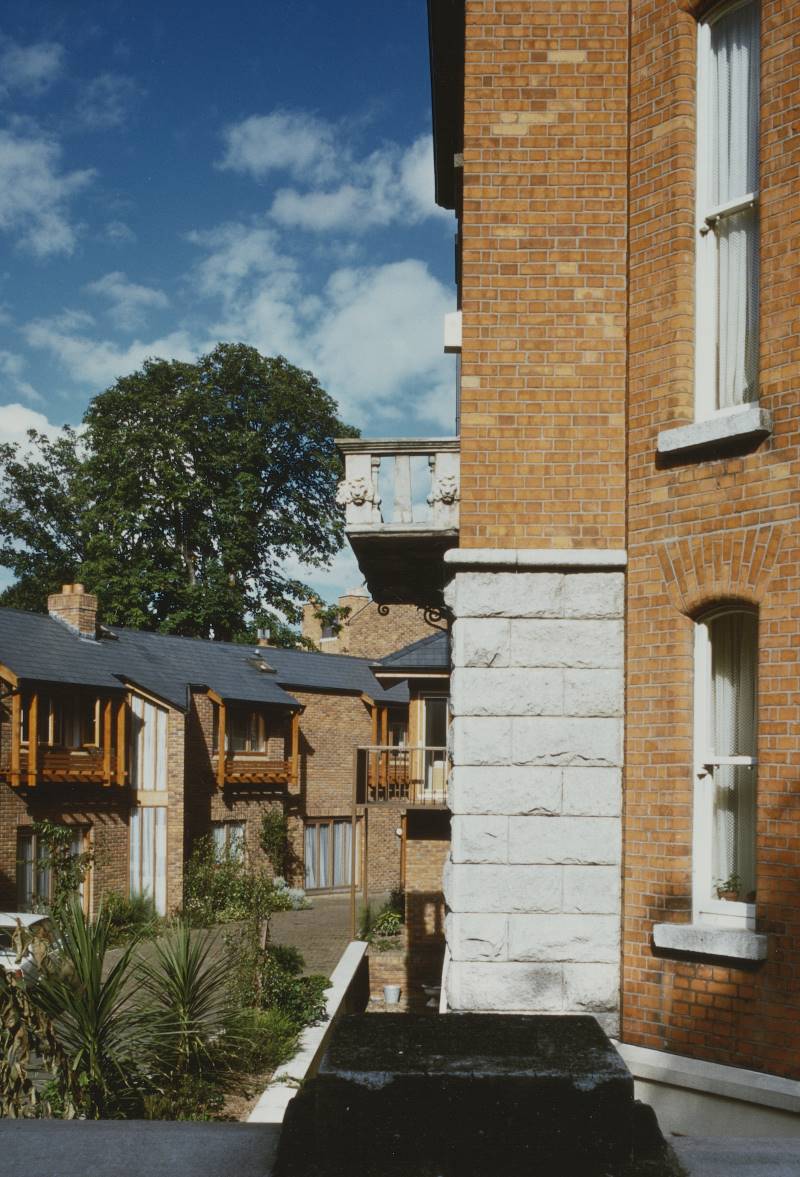
What Dublin wouldn’t give to have the late Denis Anderson still active today – coming up with genius, rule-breaking solutions for superb housing that withstands the test of time? Denis was the urbane, brilliant, award-winning – yet largely unsung – master of the genre a generation ago. But why is his legend not more widely known, celebrated, referenced and emulated today, when what he did lies right at the heart of what needs to be done again now?
Perhaps it is because too many saw him as an outsider – articled in Belfast, Sheffield-educated, London-trained and the representative partner of the Irish constituent of an English practice – after moving to Dublin in 1962? If that was it, they were wrong, and not paying attention. Denis loved Dublin deeply, and gave it his best years and all the gifts of his great talent. “Dublin was a great attraction for my mother,” he told me, disarmingly, in 2015, “for the shopping.” His first colleague here, and almost-partner in Baggot Street before DRA came about, was Tomás O’Beirne, later of An Foras Forbartha, editor of Irish Architect, the RIAI journal, and author of A Guide to Modern Architecture in Dublin (1978).
Yet by March 1990, when he won the RIAI Silver Medal for Housing for the second time – for Oak Apple Green in Rathgar – Denis was living in London because, as Frank McDonald reported in The Irish Times, “he cannot get enough work in Dublin.” Nonetheless, his legacy demonstrates that some rules are always worth breaking. Denis Anderson never looked nor sounded remotely like a rebel, yet this elegant man was possibly the most revolutionary housing architect in Ireland during the 20th century. Certainly in the private sector.
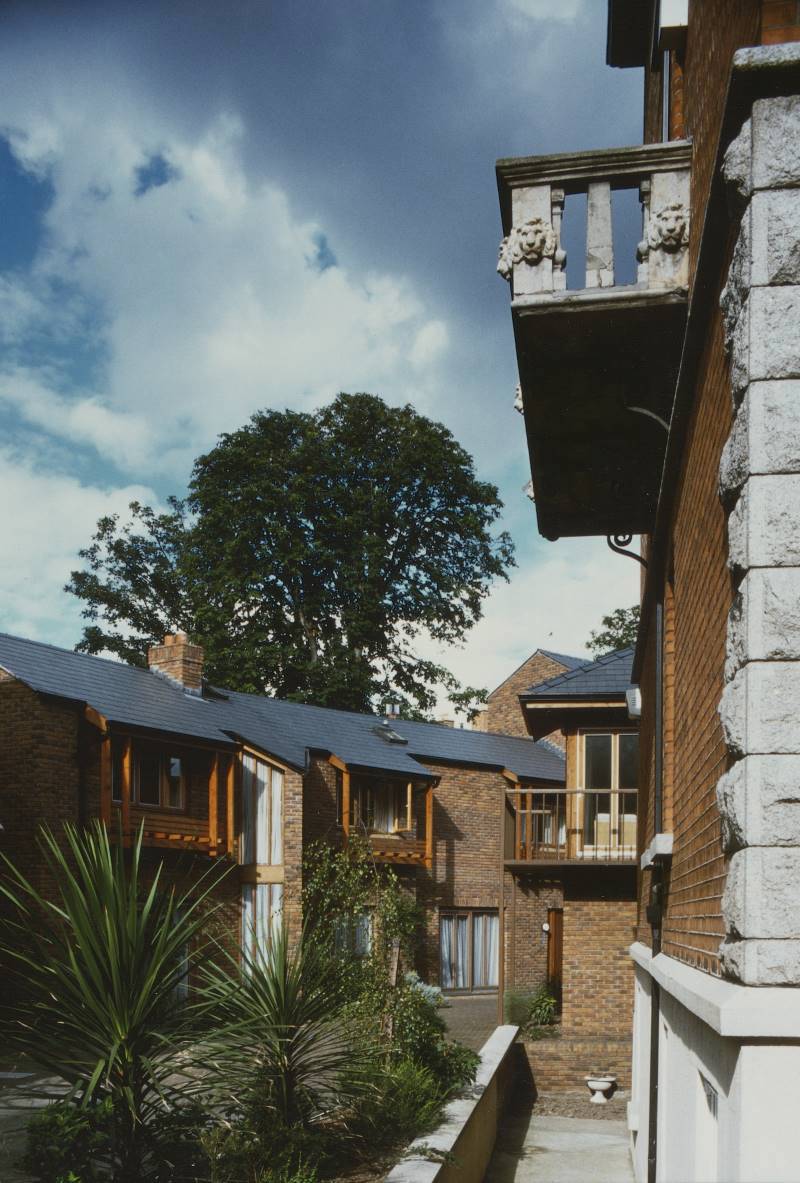
He is remembered today mainly for Castlepark Village in Kinsale [BOTM June 2016], perhaps more for its iconic imagery than for the real breakthrough he made there, which was to come up with the novel idea that the roads within a housing development could be kept private and not taken in charge by the local authority, thereby circumventing the dead hand of roads engineering standards. As he told Gerry Byrne of the Sunday Tribune on 5 May 1984, “Estate housing is, unfortunately, the preserve of the civil engineer. Even architects, for some reason, have regarded estate housing as the preserve of the engineer because housing standards are engineering, rather than architectural or environmental standards.”
Denis brought the lessons he had learned at Castlepark to Dublin in the late 1970s and early ’80s in a trio of delicious, ground-breaking housing schemes at Martello Mews in Sandymount, Morehampton Mews in Donnybrook and Oak Apple Green in Rathgar. Martello Mews won a Europa Nostra award in 1979, as well as the RIAI Silver Medal for Housing for the period 1977–78. Oak Apple Green won the RIAI Housing Medal for the period 1982–84, while Morehampton Mews, the least known of the trio, was also highly commended.
Frank Cairns, Property Editor of the Irish Independent, waxed lyrical about Martello Mews on 24 February, 1978: “[It] is the finest residential development of its kind I have seen in Dublin and compares very well to the luxury schemes on the Continent … The design of the linking circulation areas is human in scale and diverse in detail. Neither the motor car nor the normal road requirements are allowed to dominate a domestic scene geared for the pedestrian … It comes together because the texture harks back to highly acceptable standards of the past. And yet the trappings of modernity are provided for fully if discretely.”
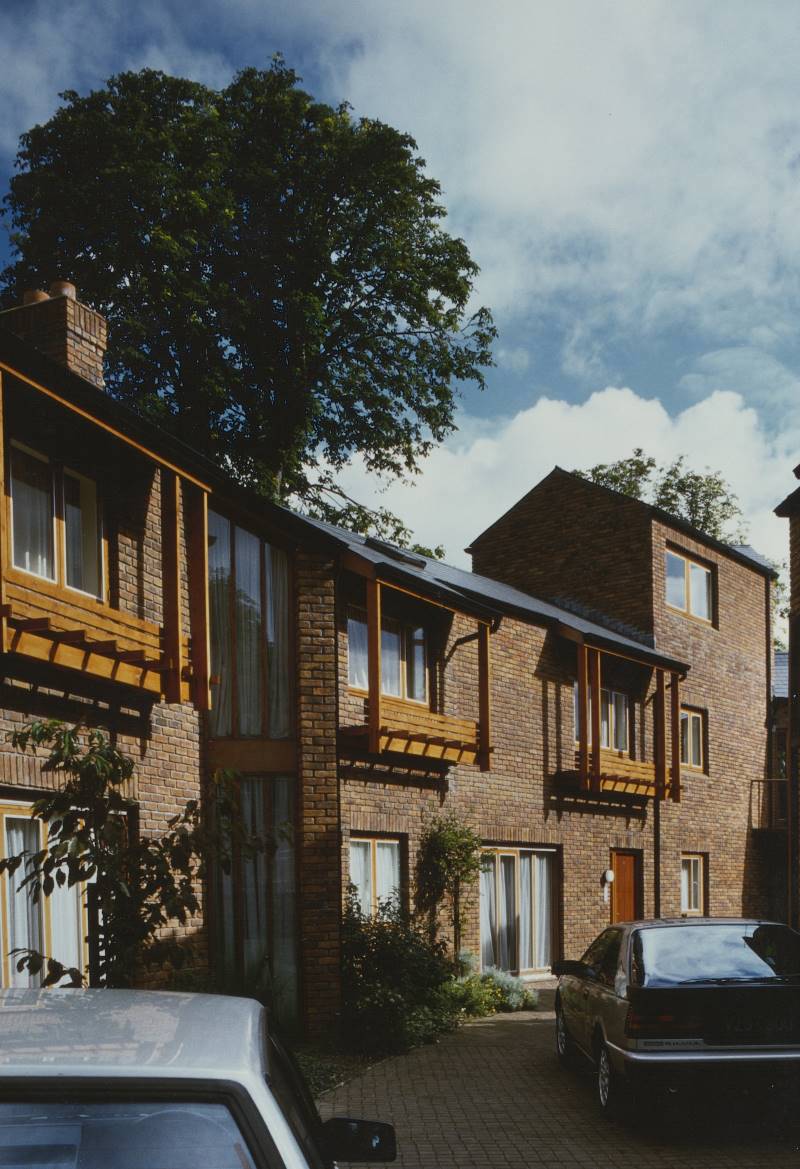
Gerry Byrne felt similarly about Morehampton Mews: “Faced with the alternative of a single monolithic apartment block in the garden of a Morehampton Road period house, Anderson opted to repeat a similar formula and created a narrow laneway which curves around to the rear of the original house (now converted to apartments). On either side of the laneway, which gets narrower towards the end, he placed a higgledy-piggledy of apartments, studios and townhouses which can only be likened to a Hollywood director’s ideal of what an old-world film set village should look like. It shows what can be done if the rules are ignored.”
Anderson added: “You have to understand that housing is about people. Traffic movement is secondary. But the road engineers in Dublin had it the other way around, with their standard-width carriageways and splayed corners. Higher densities were also frowned upon, as reflecting Victorian values and the slums. But in getting rid of the slums, we threw out the baby with the bathwater. The result was rigid inflexibility,” concluding that “Good architecture can stand or fall on how far planners think a dustman is prepared to walk to empty somebody’s bin. It’s not a question of having grand civic design,” he said. “What you must aim to do as an architect is to create a human-scaled living environment – the kind of environment which would be regarded as sympatico [sic] in Spain or Italy. In those countries they don’t have hang-ups about density. They see that it’s not the number of buildings per acre which really counts, but the number of people.”
Morehampton Mews, with its charming atmosphere, has a 41% site coverage, 0.69 plot ratio and a mere 87 square metres of private open space for 17 apartments, three of them in the original house. Only three of the apartment types are duplicated, the rest are unique in what is a true ensemble piece of architecture locked into, and definitively of, its site. “I wanted you to open your door and be in the village,” he told me in 2015. “I wanted the buildings to dictate and determine the space. The space between buildings is just as important as the buildings themselves. It’s important that everything s not seen at the one time. That’s how you draw people through. That’s organic architecture.”
